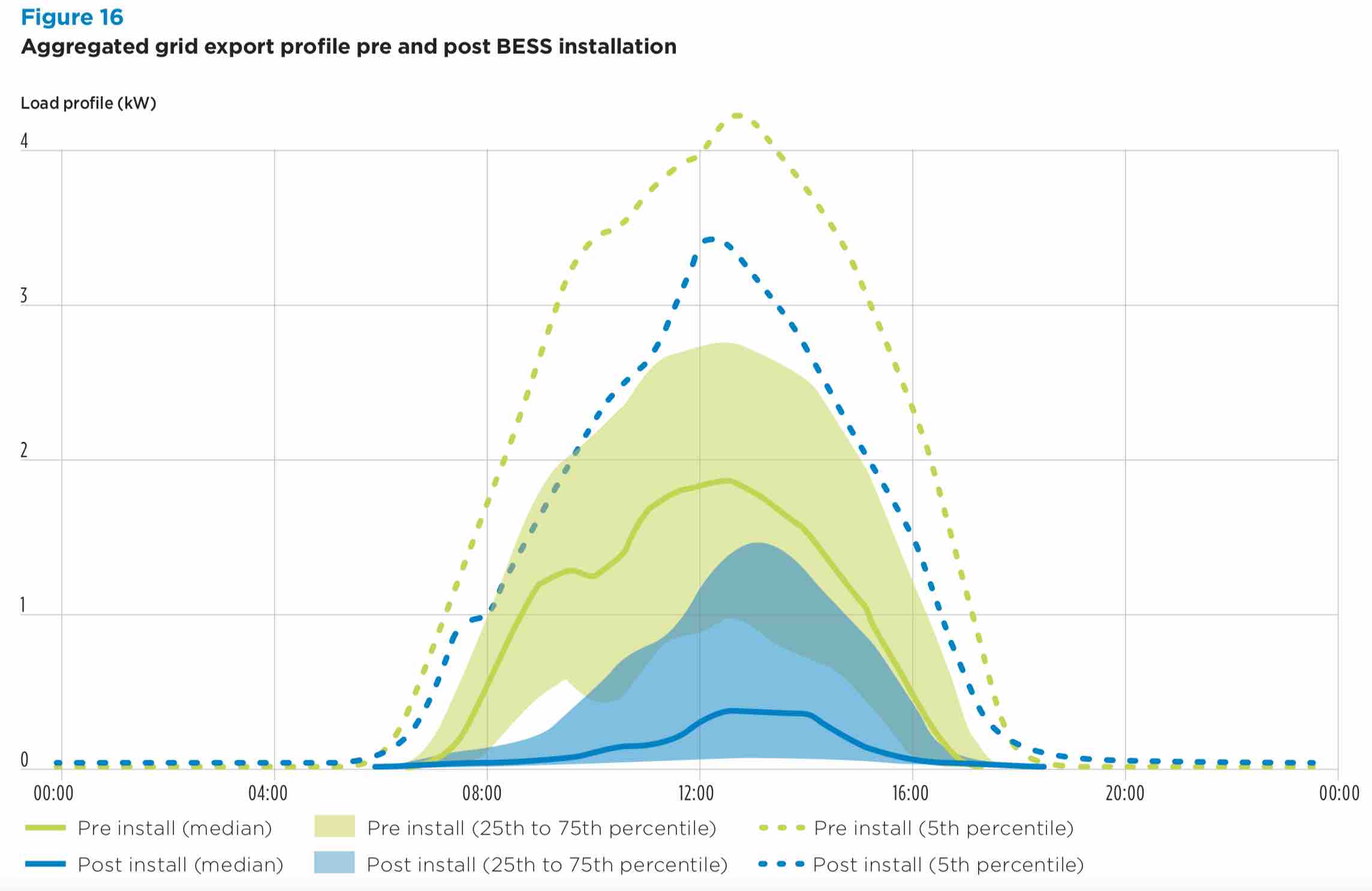Big family, big energy use, a big PV array, a big difference between the grid price and the feed-in tariff, and an ability to shift some appliances to the day-time: these are just some of the things that make battery storage an economically attractive proposition to households.
A study conducted by Queensland utility Energex, from a series of battery storage trials over the past year, gives some insight into what can make battery storage interesting for household, what might motivate them, and how the network might use these assets into the future.
The first thing to be noticed is that according to the small Energex survey, the environment does not figure high in the motivation of households to add battery storage to their solar arrays.
For them, it is all about reducing the size of their bill, even if – as we see below – it may not offer a quick pay-back right now. Making the most of their PV systems and saving the planet seems to be secondary considerations.
As for making the economics of battery storage add up, it helps if there are many people in the household, if energy use is high, particularly after 6pm, if the difference between the grid price of imported energy and the tariff for exports is high, if there is a big PV array, and if there is an ability to shift consumption.
That pretty much makes sense, and the Energex trials suggested that the more solar that was self-consumed (i.e. stored in a box for use in the evening, rather than exported back to the grid), the better.
Its trials showed that all households reduced their bills, although the payback was still above 10 years, more than the guarantee period for the battery themselves.
This is likely to change as battery costs come down, by up to 75 per cent by 2030 as predicted by numerous studies, so that even by 2020 the payback period should be under 10 years.
The battery storage industry is still in its infancy in Australia, even though this is the country where the technology is expected to “grow up” first, simply as a result of the country’s ridiculously high grid prices, its excellent solar resource, and the world-leading penetration of rooftop solar.
According to the Energex numbers, battery storage installations are growing, but still only totalled 800 as at July, 2017 (see graph below).
It is not entirely clear that Energex is actually aware of all the installations, given that there is no formal requirement to notify the network owner or the market operator – unlike solar PV systems which must be registered to claim a rebate.
And in Queensland, there is less incentive than elsewhere to install battery storage, given that nearly half of all solar households benefit from a high and long-dated premium feed in tariff which gives no motivation at all to install batteries.
What does interest Energex is how the batteries can benefit the grid, and be exploited in a way that can provide “grid series”, reduce investment in new poles and wires.
Its conclusions were that they can be used to meet peak demand, but they need to be marshalled better. Left to their own devices, so to speak, batteries often used only 26-63 per cent of their useable capacity to support household loads during 4pm to 8pm.
It also noted that if all the batteries were charged in the morning – as most are now – then this does little to address “peak export”, or the so-called “duck curve” where significant amounts of solar is exported to the grid at the same time.

This is an important point. Because if the amount of exports could be limited, it could mean that networks would feel comfortable in being able to double the amount of rooftop solar on the local grid.
Likewise, there is no point having batteries charged in late afternoon when the grid load is high. This will be a key issue when electric vehicles become more prominent.
The Energex trial concluded that by having these batteries interconnected, and by using demand response measures, than batteries do have inherent network benefits, in that they reduce peak demand and “peak export.”
The question for the network operator is how these benefits can be converted into a customer incentive and what minimum level of control do distributors (DNSPs) need to have over solar PV and/or battery storage, in order to enable the connection of higher levels of solar PV and BESS.
It suggests the question then becomes: Can batteries serve the interests of individual households as well as the broader network? Is it all for one, or one for all?













